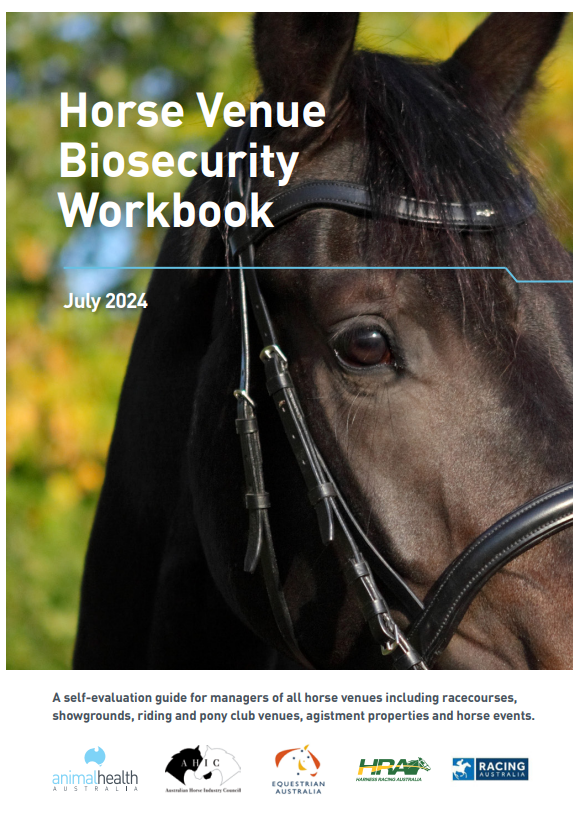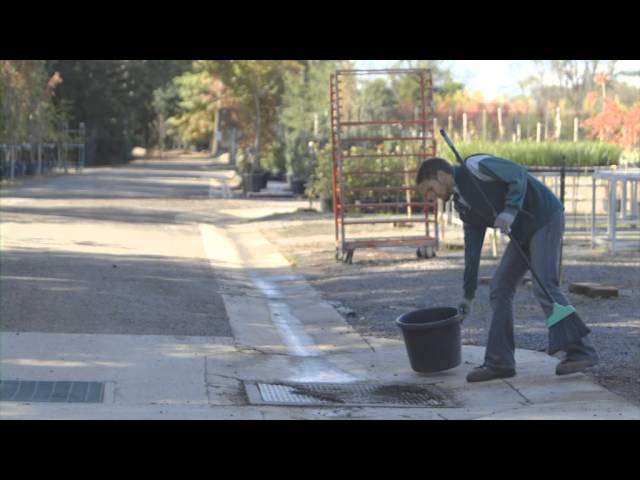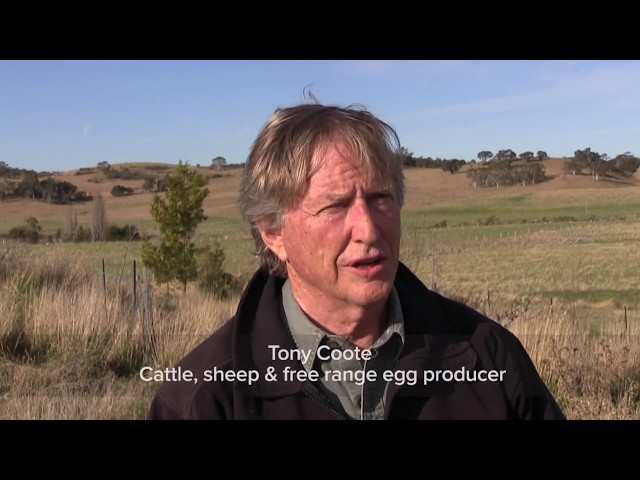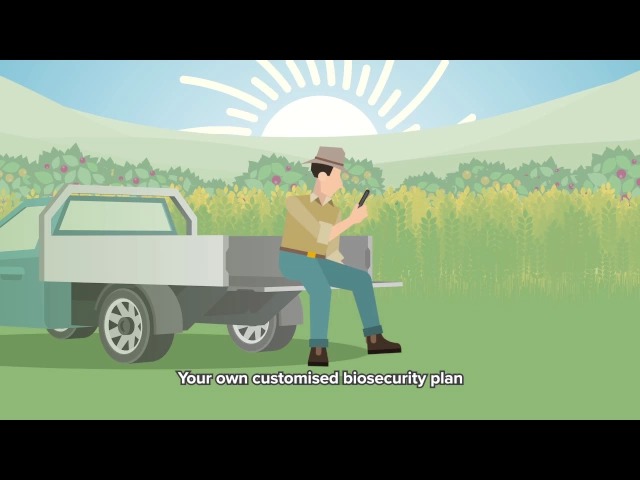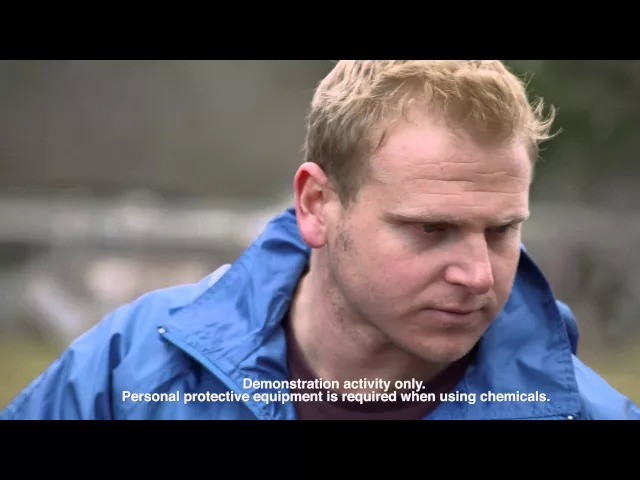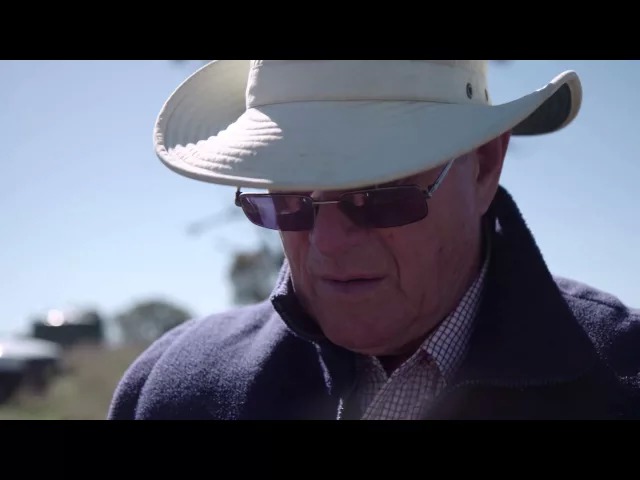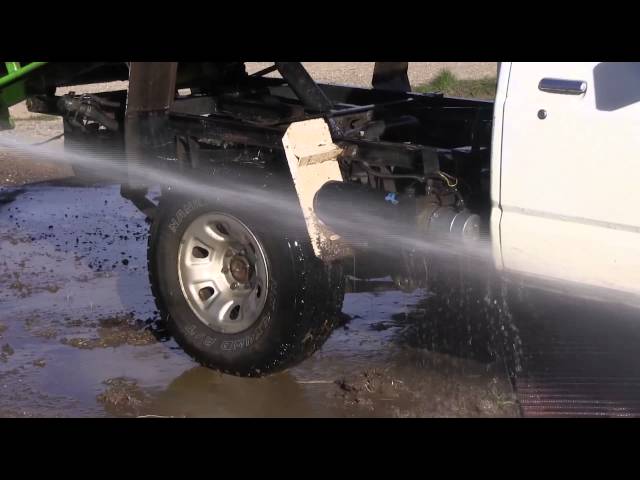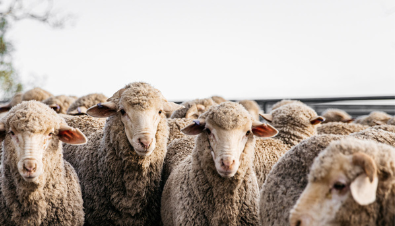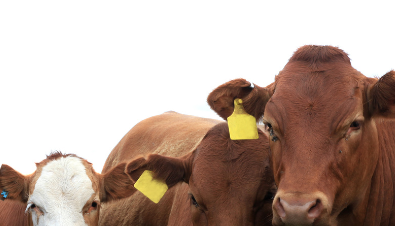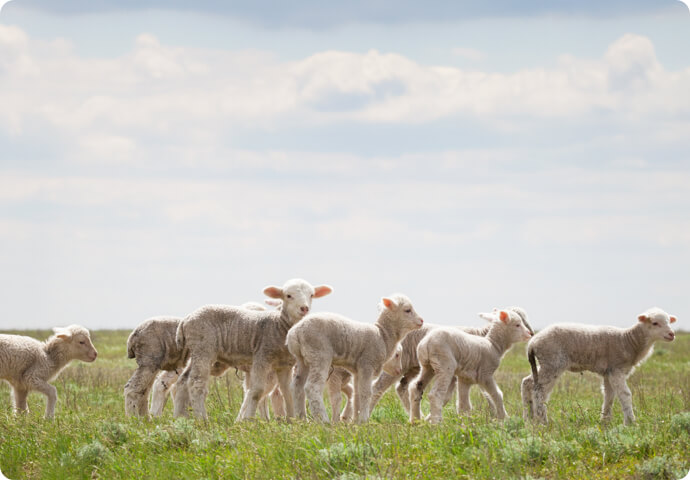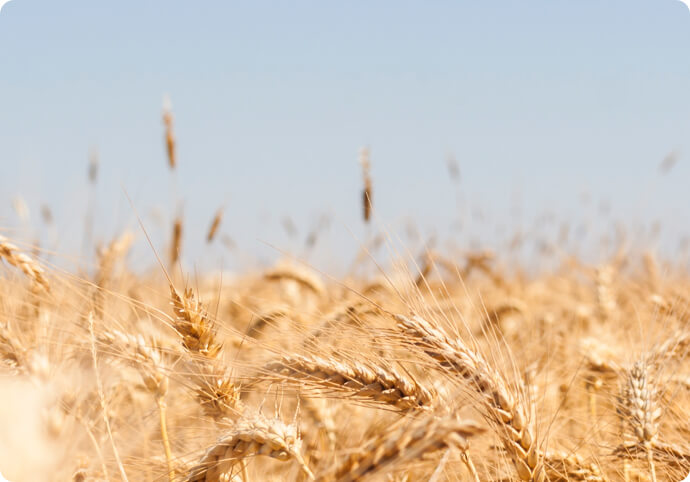You have an important role to play in protecting your property and the entire horse owning community from biosecurity threats.
On this page, you will find the tools to implement the simple, everyday biosecurity practices that protect the health of your horses and minimise the risk of disruption and financial loss from a major disease event.
The recommended biosecurity practices for horse owners are contained in the Horse Venue Biosecurity Workbook.
The workbook assists venue owners and managers to establish a set of biosecurity measures applicable to their venue, which can easily be implemented over time to ensure horses are protected from diseases and pests. It was produced so a venue holding just one horse, or a racing complex holding hundreds, could design and implement measures appropriate for their particular venue, while also addressing individual management and site issues. The Horse Venue Biosecurity Workbook can be adapted to suit your individual horse activities and enterprise.
Biosecurity toolkit
As a horse owner, the best way to protect yourself from biosecurity risks is to keep diseases, pests and weeds off your property.
The Horse Venue Biosecurity Workbook contains a number of useful tools, including a self-assessment worksheet with many tips to help you develop your own Biosecurity Action Plan. Two practical examples of self-assessment are provided below to help you to develop a personalised action plan.
Other resources in the workbook include an Action Plan template, an Emergency Disease Action Plan, Visitor Register, Visitor Risk Assessment checklist, Movement Records sheet and Husbandry Records sheet.
More information
The single biggest threat to horse owners is an outbreak of an emergency animal disease. That’s why Australia’s horse industries have worked with governments and Animal Health Australia to put in place a series of animal health policies at both the state and national levels to guard against threats to the sector’s biosecurity.

